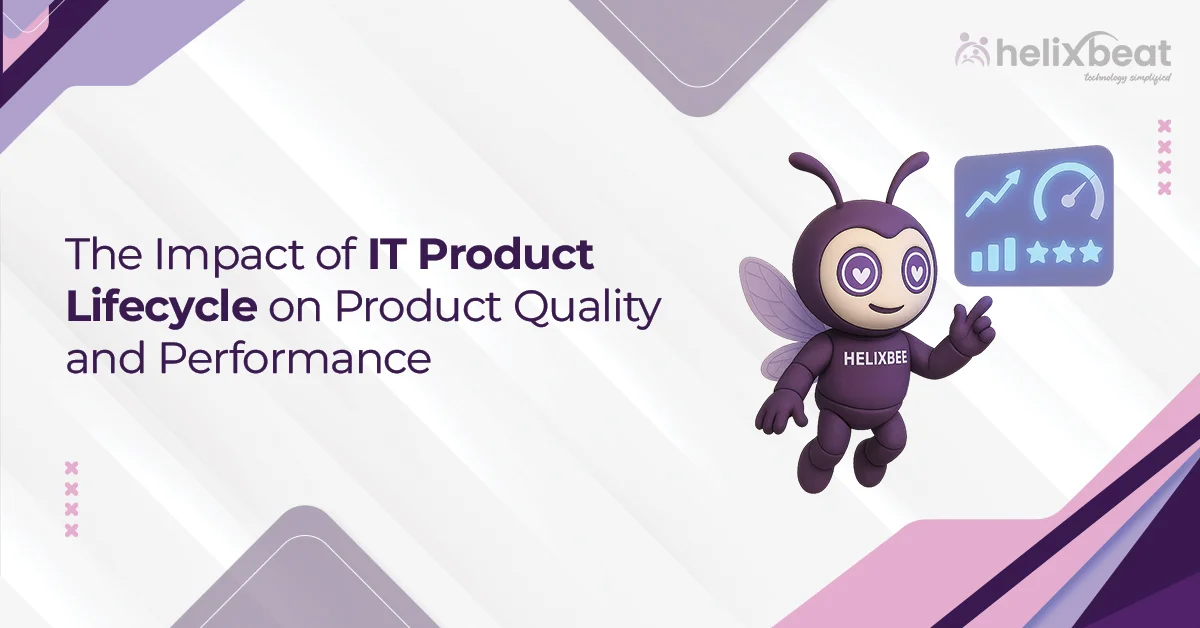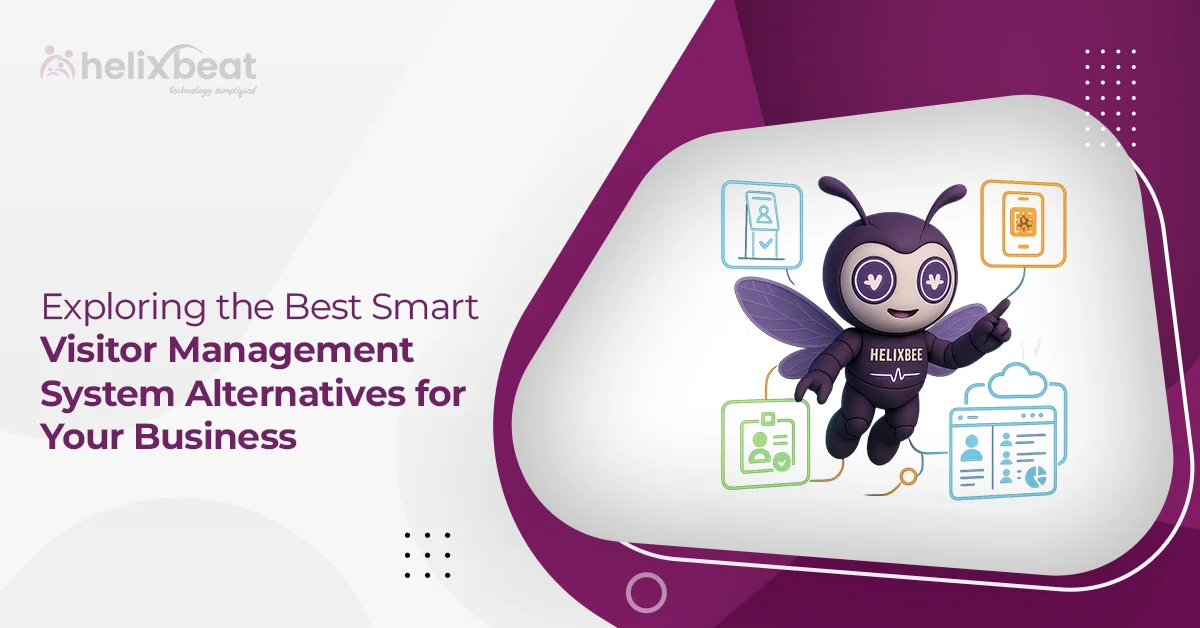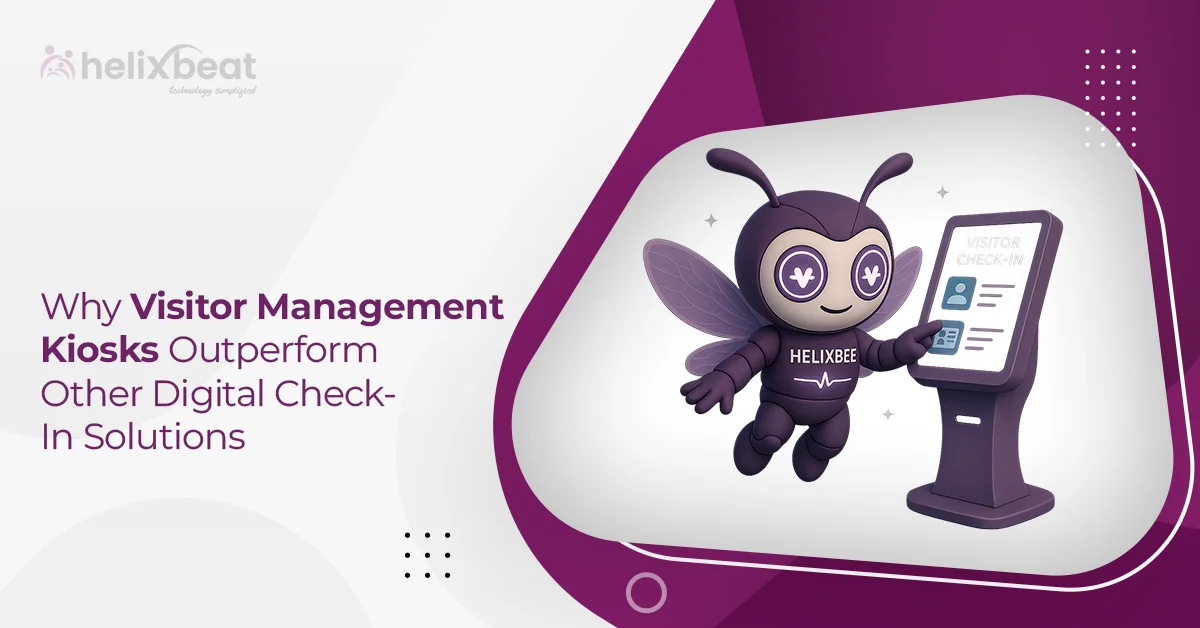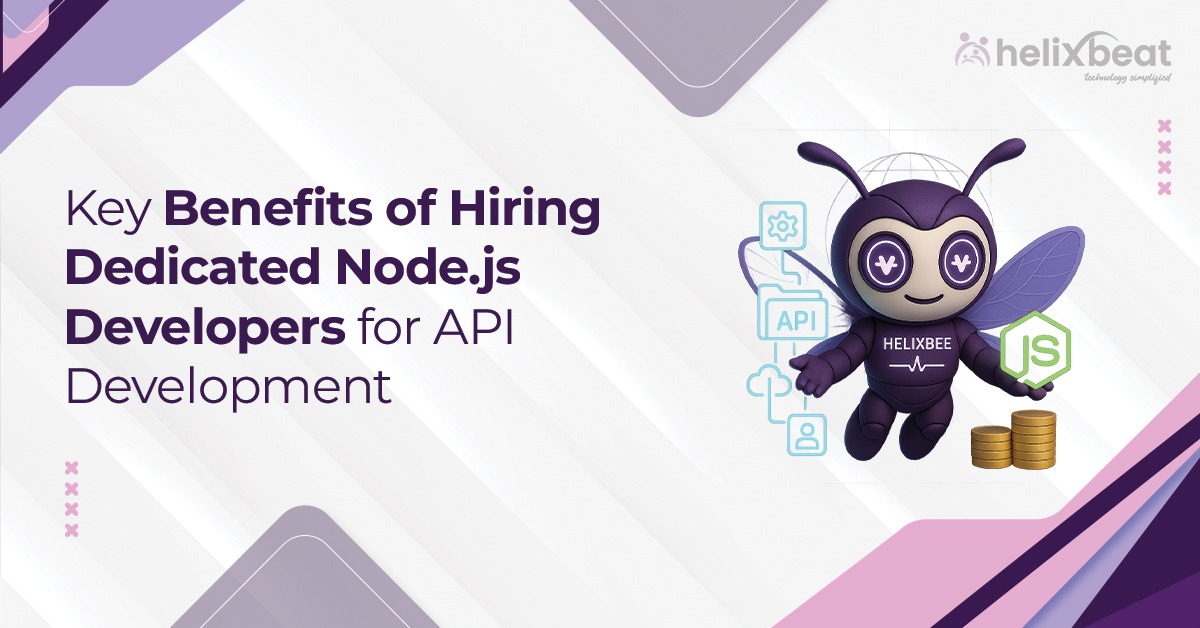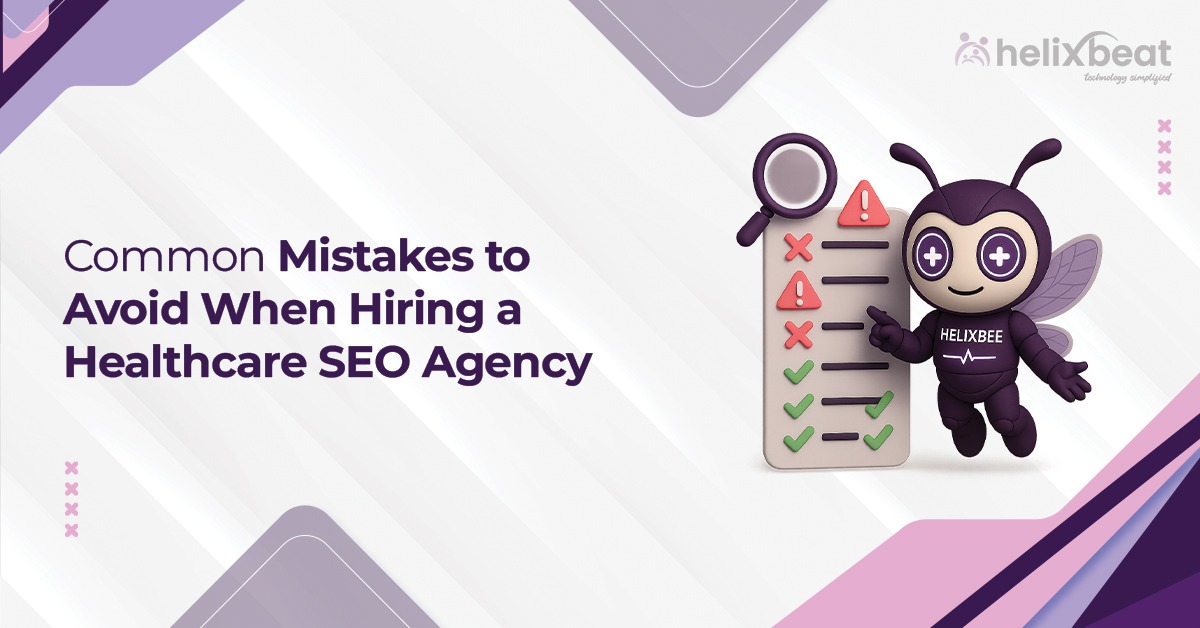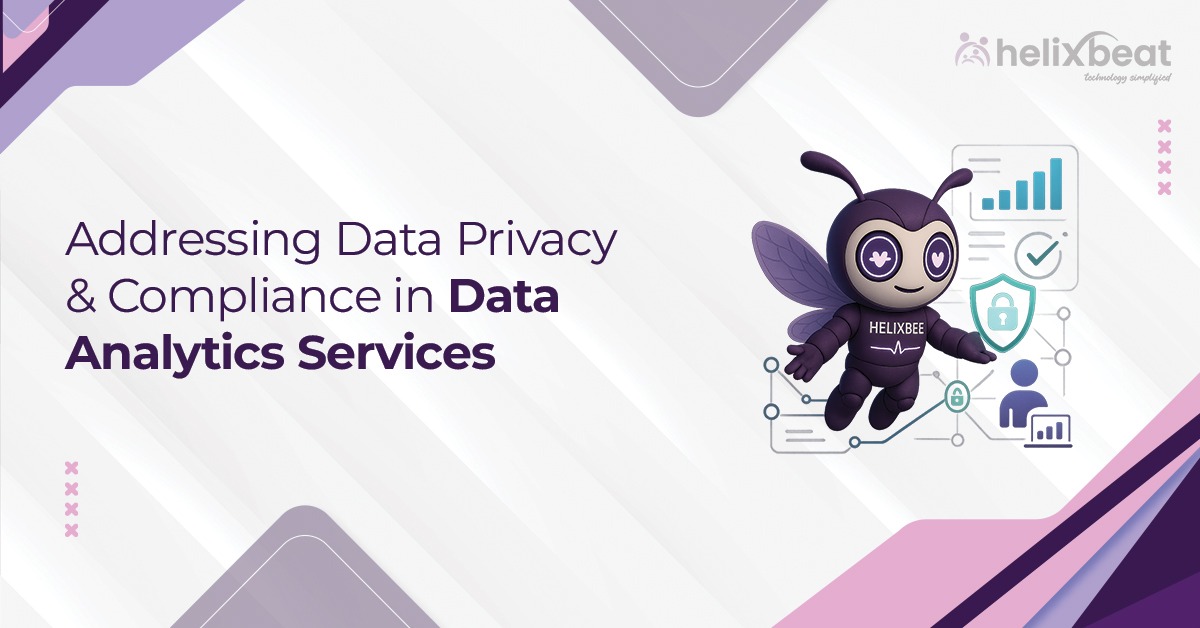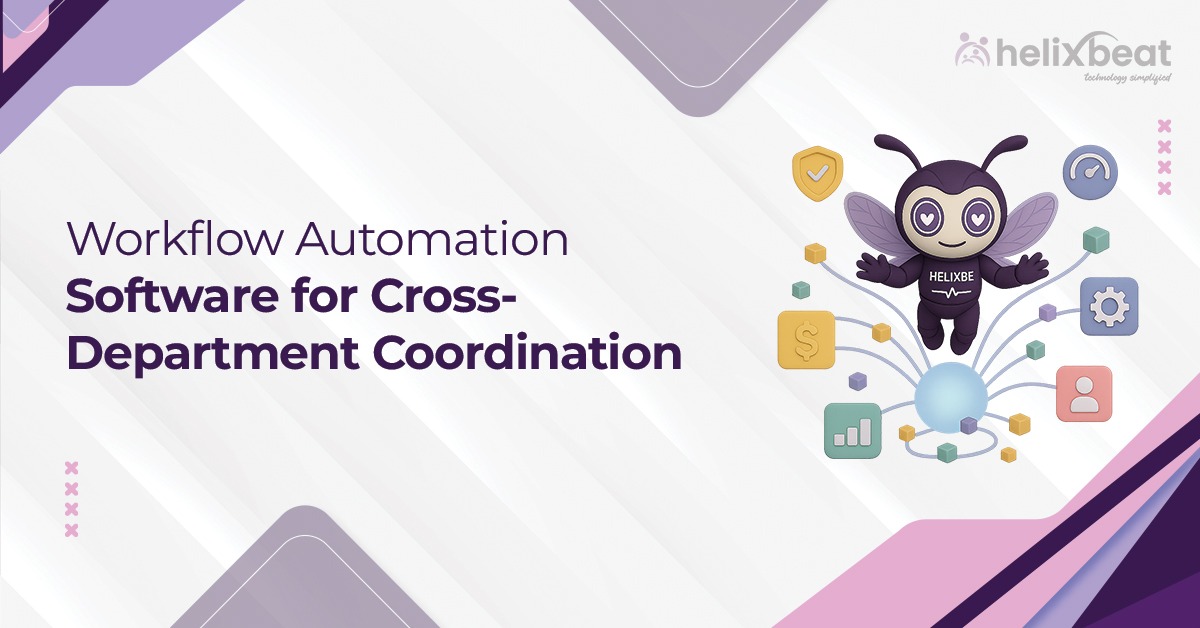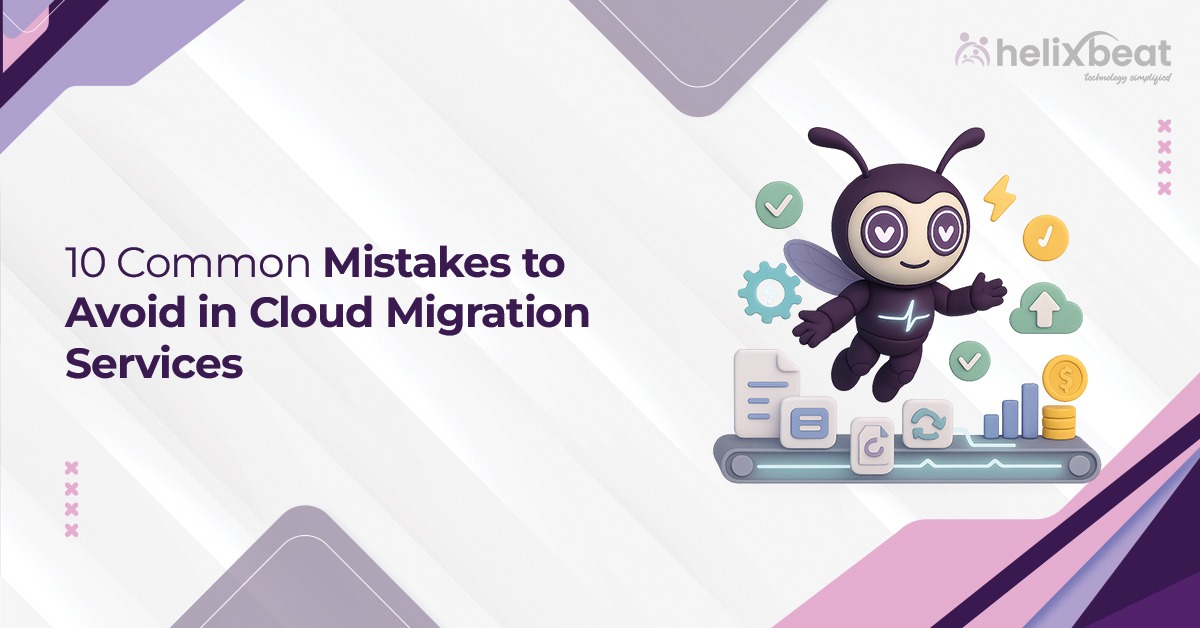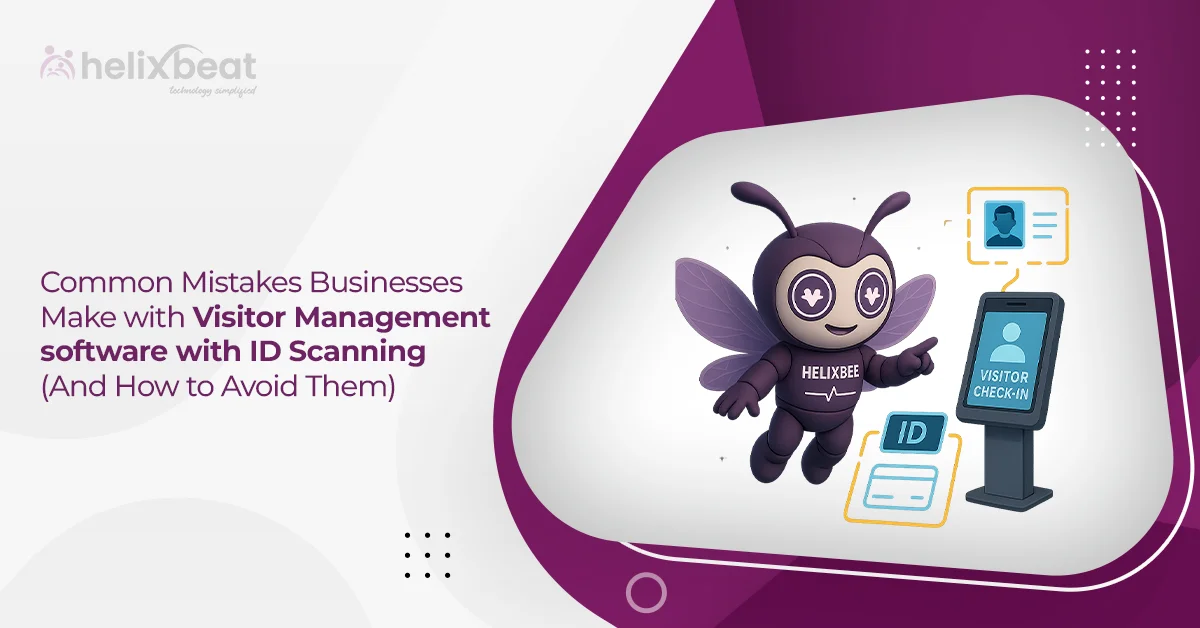Did you know that 70% of IT projects fail due to poor planning and management throughout their lifecycle? This is a staggering statistic, especially considering how important IT products are for businesses today. Whether it’s a software application, hardware solution, or system upgrade, improper management of the IT product lifecycle can lead to significant issues like poor performance, costly mistakes, and missed opportunities.
The problem often lies in skipping crucial stages like testing, updates, and planning, which can result in inefficient products and dissatisfied customers. But there’s good news: the solution is simple—effective IT product lifecycle management. By carefully managing each phase, from design to retirement, you can ensure better performance, higher quality, and a stronger competitive edge for your product.
Here, we’ll explain why understanding and optimizing your IT product lifecycle is essential for your business success.

Table of Contents
What is IT Product Lifecycle?
The IT product lifecycle refers to the stages a product goes through from its initial concept to its eventual retirement. It includes phases such as planning, design, development, testing, deployment, maintenance, and support. Effective management of this lifecycle ensures that the product remains functional, adaptable, and aligned with business goals throughout its life, delivering value and meeting user expectations at every stage.
Example:
Let’s take a mobile app as an example. The IT product lifecycle starts with the planning phase, where the features and target audience are defined. Next, the app is designed and developed, followed by rigorous testing to ensure it works smoothly. Once it’s ready, it’s launched for users to download. After launch, the app goes through regular updates and fixes to improve performance. Eventually, as technology evolves, the app may be retired or replaced with a newer version, completing its lifecycle.
Why IT Product Lifecycle Matters for Performance and Quality
1. Make sure Continuous Improvement
A well-managed IT product lifecycle is not a one-time effort; it’s an ongoing process. Each stage from planning to retirement, offers an opportunity for continuous improvement. By regularly reviewing and optimizing the product during its lifecycle, businesses can refine features, fix bugs, and enhance performance.
This constant evolution ensures that the product adapts to both user needs and technological advancements, keeping it effective and competitive over the long term.
Statistic: 72% of companies with an established product lifecycle management process report higher product quality and customer satisfaction.
2. Prevents Common Issues Early
With a structured IT product lifecycle, problems can be caught early before they escalate into costly or time-consuming issues. During the design, development, and testing stages, teams can identify potential flaws like performance bottlenecks, security vulnerabilities, or compatibility issues.
By addressing these issues early, businesses can avoid major setbacks during deployment or, worse, after launch, minimizing the risk of product failure and costly fixes down the line.
Statistic: Early detection of issues during the IT product lifecycle can reduce project costs by up to 30%.
3. Improves Customer Satisfaction
Customer satisfaction is directly linked to product quality, and a well-managed lifecycle ensures that quality is maintained throughout the product’s existence. Regular updates, bug fixes, and user feedback loops help keep the product aligned with user expectations.
Whether it’s adding new features, enhancing usability, or fixing performance glitches, a commitment to continuous improvement throughout the lifecycle leads to happier customers, stronger retention, and increased trust in the product.
Statistic: 85% of customers are more likely to remain loyal to products that are consistently updated and improved.
4. Optimizes Resource Use
Managing the IT product lifecycle effectively also means using resources more efficiently. From the initial planning phase through to retirement, each stage requires different inputs in terms of time, budget, and personnel. With proper lifecycle management, resources are allocated based on the needs of each phase, whether it’s more focus on design and testing in the early stages or increased attention to maintenance and updates after deployment.
This optimization reduces waste and ensures that resources are invested where they can have the most impact on performance and quality.
Statistic: Companies that optimize their product lifecycle management process can save up to 25% in operational costs.
5. Maintains Competitive Advantage
In the modern tech world, a product that isn’t regularly updated or managed can quickly become outdated. Through a well-structured IT product lifecycle, businesses can make sure that their products remain competitive in the market.
By staying on top of market trends, user needs, and technological advancements, a business can introduce new features, improve performance, and optimize the product to stay ahead of the competition. This proactive approach helps businesses avoid the pitfall of releasing outdated products and ensures they continue to meet evolving customer demands.
Statistic: 70% of businesses that invest in continuous product lifecycle management see an improvement in their competitive market position.
Different Stages of the IT Product Life cycle
| Stage | Description | Key Activities |
| 1. Planning | This is the foundation phase where goals, target users, and features are defined. It focuses on strategic decisions. | Market research, defining product goals, identifying target audience, budget planning |
| 2. Design & Development | The design and development phase focuses on creating the product’s architecture, user experience, and coding. | Prototyping, UI/UX design, coding, product feature development |
| 3. Testing | In this phase, the product undergoes rigorous testing to ensure that it functions as expected, with no bugs or errors. | Unit testing, performance testing, security checks, user acceptance testing |
| 4. Deployment | Once tested, the product is launched into the market or delivered to end-users. It’s available for use or sale. | Product launch, deployment to production environments, marketing communications |
| 5. Maintenance & Updates | After deployment, regular updates and fixes are released to ensure the product remains functional and competitive. | Bug fixes, updates, feature enhancements, customer support |
| 6. Retirement | The product reaches the end of its useful life, often due to technological advancements or market shifts. It’s retired or replaced with a new version. | Phasing out the product, ensuring data migration, customer transition, decommissioning |
Role of Artificial Intelligence In IT Product Lifecycle
Artificial Intelligence (AI) is transforming the IT product lifecycle by automating tasks, improving decision-making, and enhancing product quality. Here’s how AI plays a crucial role:
- Predictive Analytics: AI analyzes historical data to forecast potential product issues, allowing teams to proactively address challenges before they arise.
- Automation of Testing: AI-powered tools streamline testing processes, identifying bugs and performance issues more quickly and accurately than traditional methods.
- Optimizing Design: AI can assist in creating personalized user experiences by analyzing user behavior and suggesting design improvements.
- Continuous Improvement: AI tools monitor product performance in real-time, providing insights for continuous updates and enhancements based on user feedback and market changes.
Problems You Face By Skipping the IT Product Lifecycle
Skipping or neglecting the IT product lifecycle can lead to several significant problems that hinder the product’s success and long-term viability. Here are some of the key issues:
- Poor Product Quality: Without proper testing and iteration, products may contain bugs, performance issues, or usability flaws that affect user experience.
- Increased Costs: Without clear planning and stage-wise execution, unanticipated issues can result in costly fixes and delays.
- Missed Market Opportunities: Failing to update or optimize the product regularly can make it outdated, losing relevance in a fast-evolving market.
- Decreased Customer Satisfaction: A lack of maintenance and improvement can frustrate users, leading to dissatisfaction, negative reviews, and lower retention.
Skipping the IT product lifecycle can lead to unnecessary challenges that directly impact your product’s success and reputation.
How Helixbeat Helps with the IT Product Lifecycle
At Helixbeat, we’re here to make your IT product lifecycle smooth and hassle-free. From the moment you start planning your product to the day it’s deployed and maintained, we’ve got you covered. Our team uses the latest technologies and industry insights to guide your product through each phase, ensuring it performs at its best and meets every quality standard. With us, you’ll avoid costly mistakes and unnecessary delays, giving you peace of mind throughout the entire process.
By choosing Helixbeat, you’re partnering with experts who truly understand how important it is to manage the IT lifecycle management process effectively. Let us handle the complexities of the product lifecycle, so you can focus on delivering value to your customers. Book a free call now.



